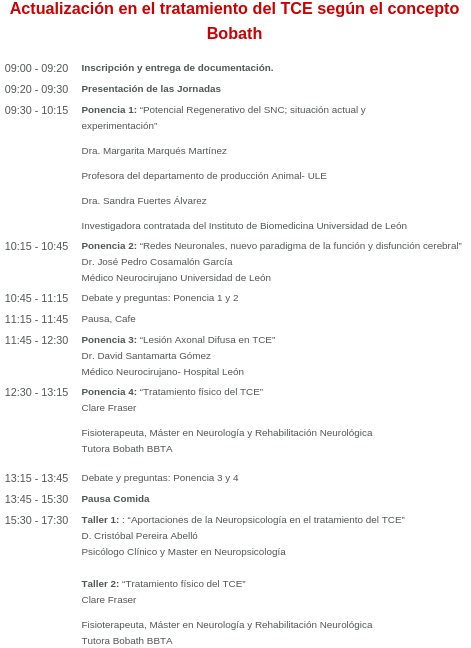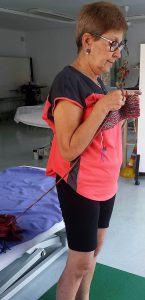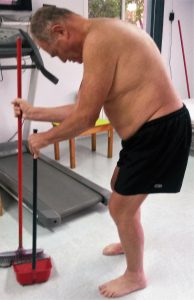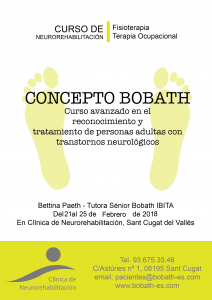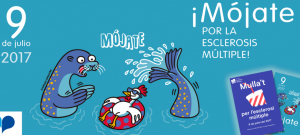The Spanish Association of Therapists Formed in the Bobath Concept performs each year two training days so that partners and non-members are aware of the evolution of the Bobath Concept and new therapeutic tendencies with neurological patients such as stroke, traumatic brain injury, parkinson’s, ataxias, among others .
In November, specifically on November 11, will be held in the city of Leon one of these meetings with the theme of treatment of the patient with sequelae of traumatic cranioencephalic. For that they have different professionals specialized in the field of neuro-habilitation and neurosciences and who bring to the conference presentations related to the regeneration of the central nervous system against a neurological injury, as is the case of traumatic brain injury, or issues such as function and cerebral dysfunction.
The part will also touch on topics related to the practice of our profession, physiotherapists and occupational therapists, and therefore the treatment and recovery of patients after suffering a traumatic brain injury. Physiotherapy and occupational therapy in patients with cranioencephalic trauma are currently focused on recovering lost abilities, which depend on the location and severity of brain damage (balance, coordination, posture, movement of arms, etc.). In many cases, the neuropsychologist collaborates to deal with cognitive and emotional issues in order to strengthen the capacity for motor learning and the adaptation and management of the relationship between family, friends, school, work and others.
